Honduras: San Pedro Sula & Omoa
Publicados: 01.05.2018
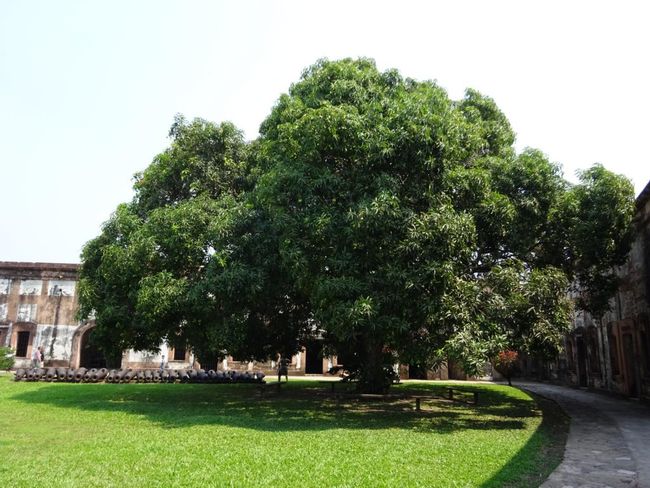
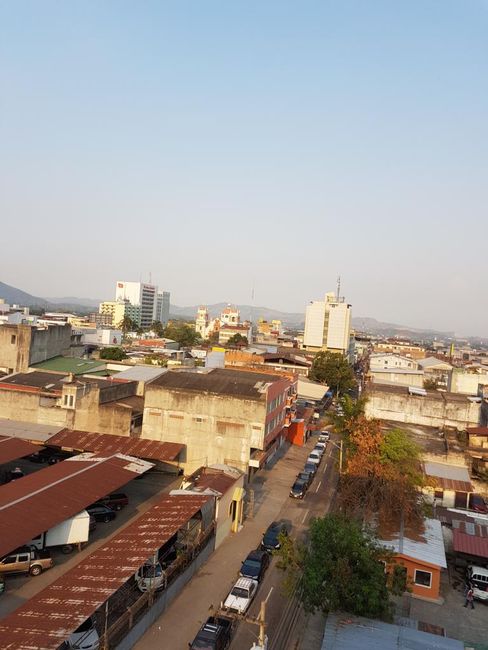
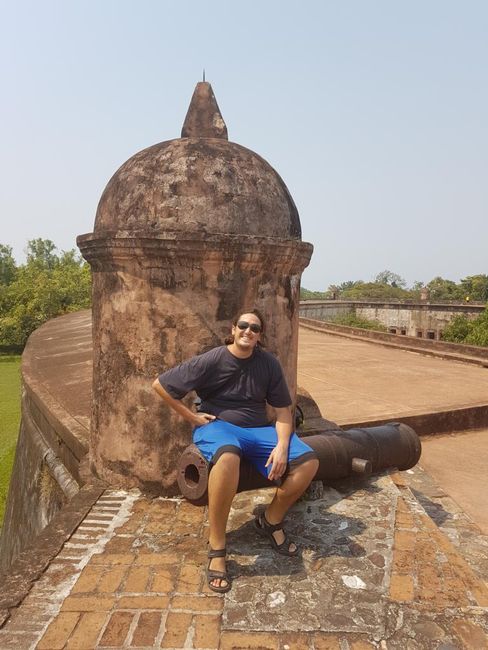
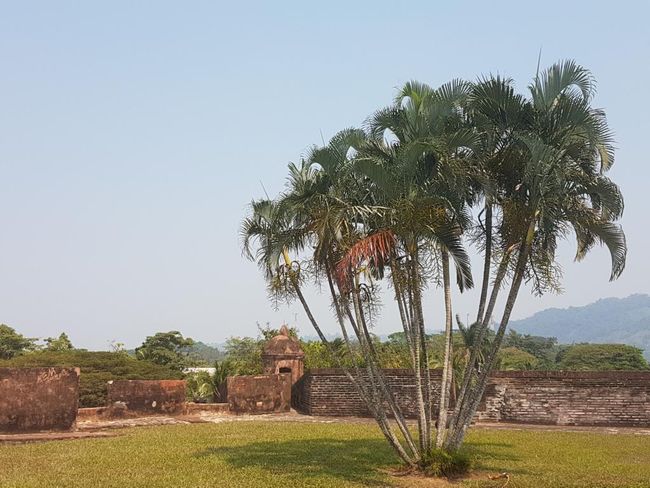
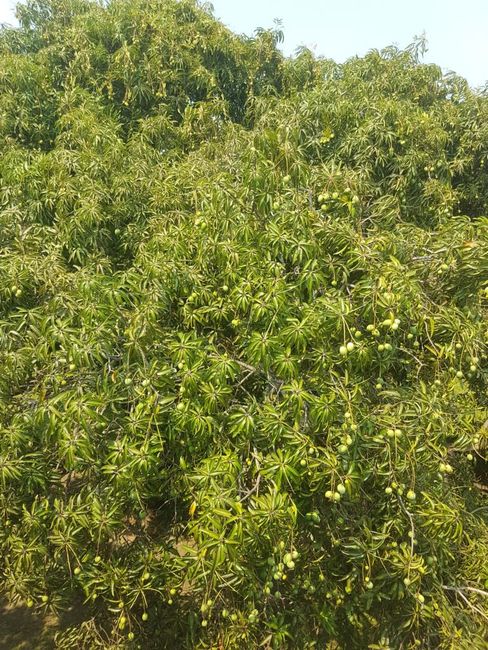
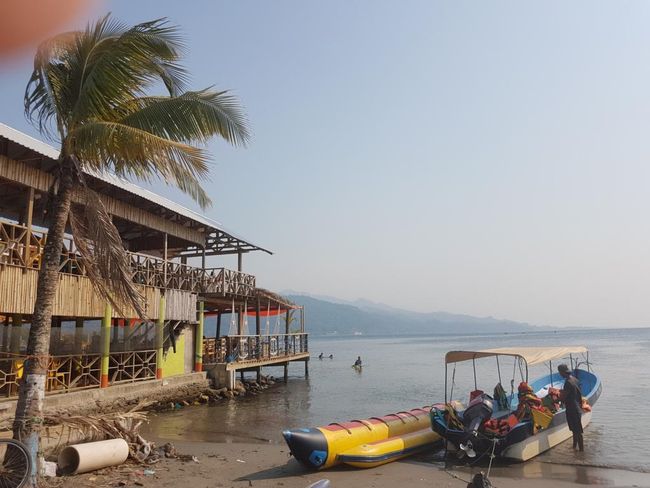
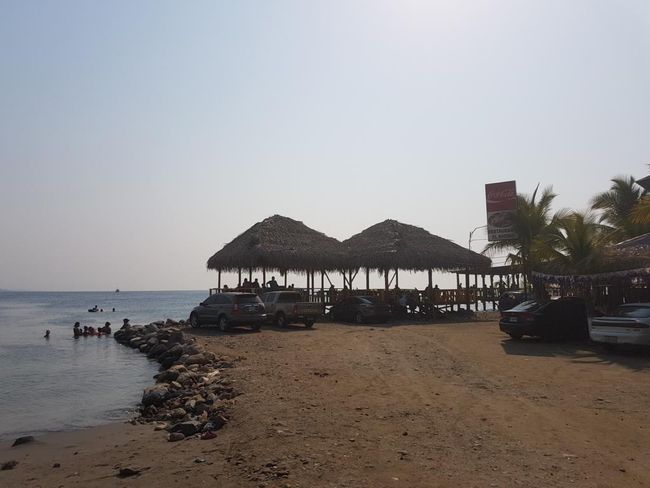
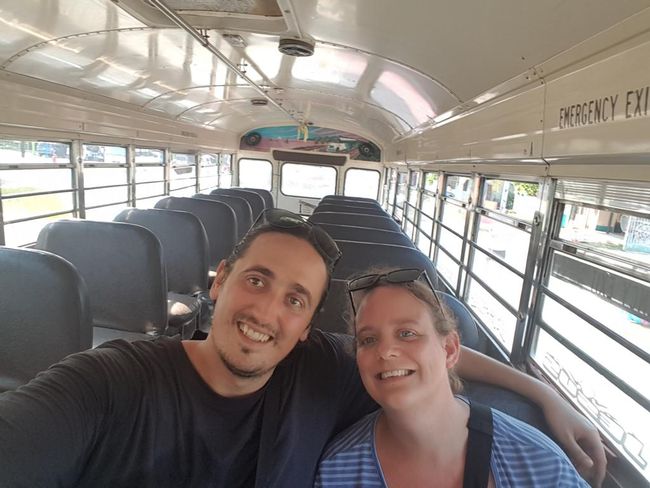
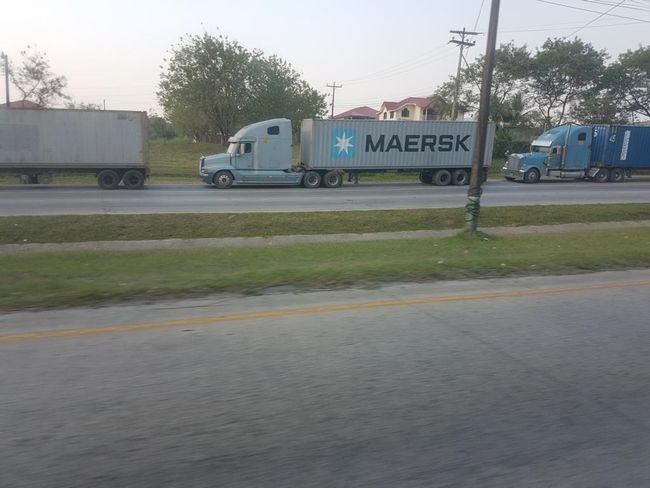
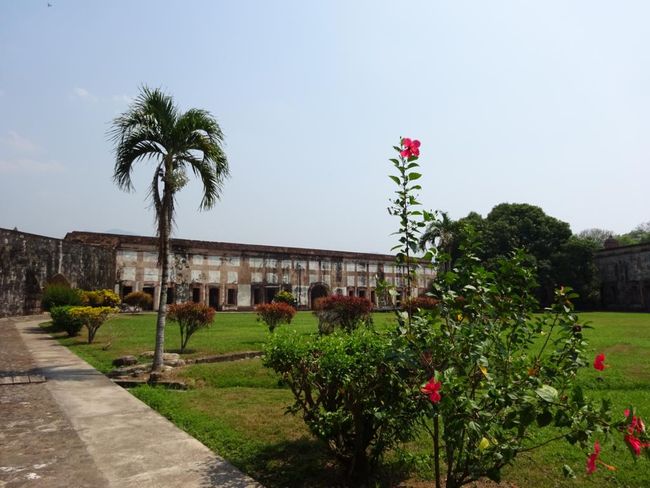
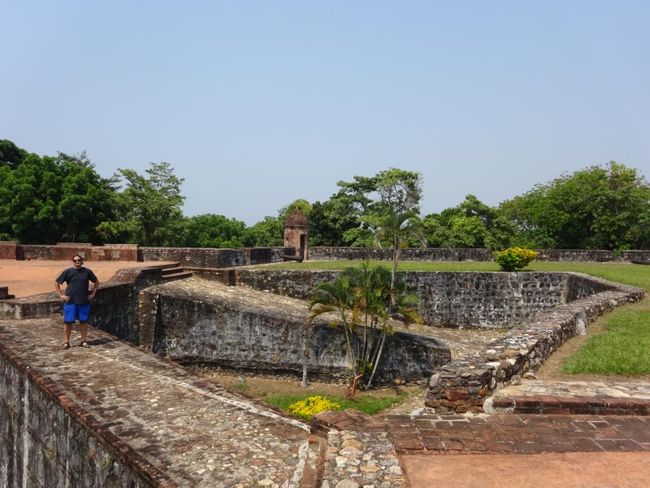
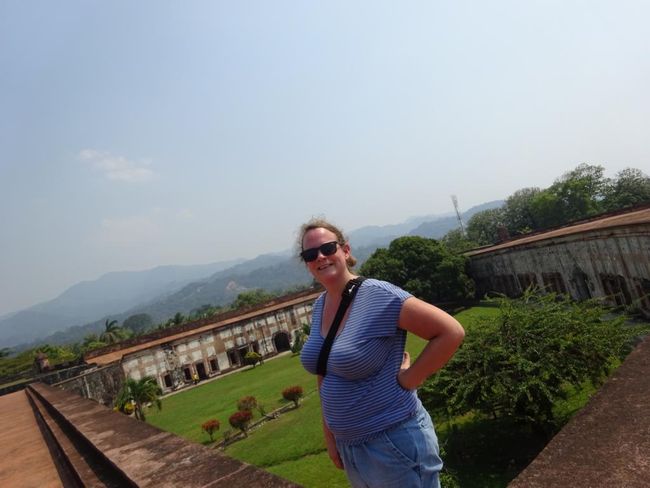
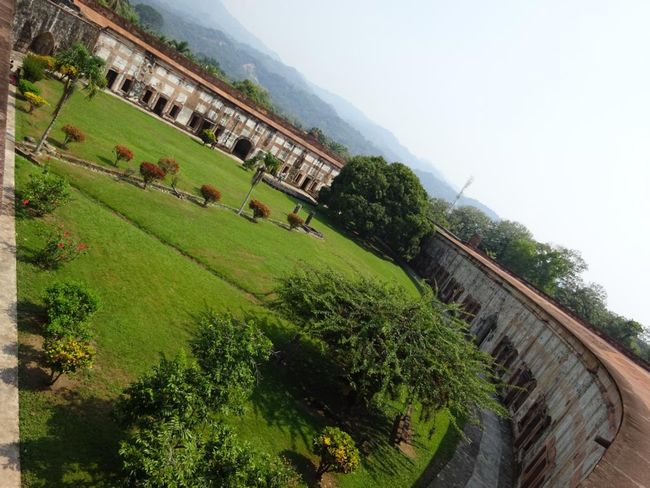
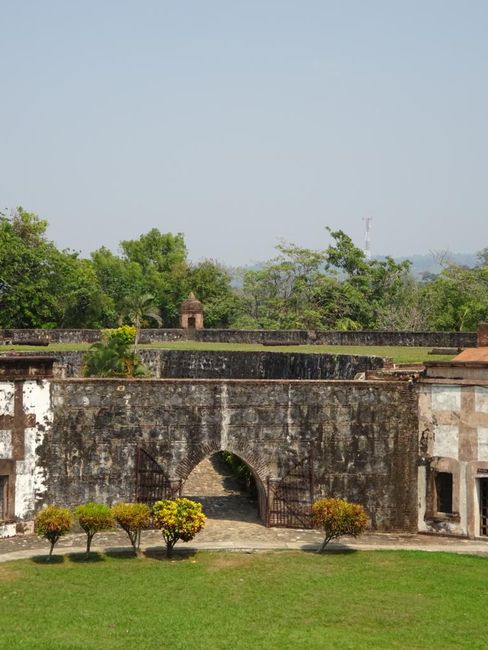
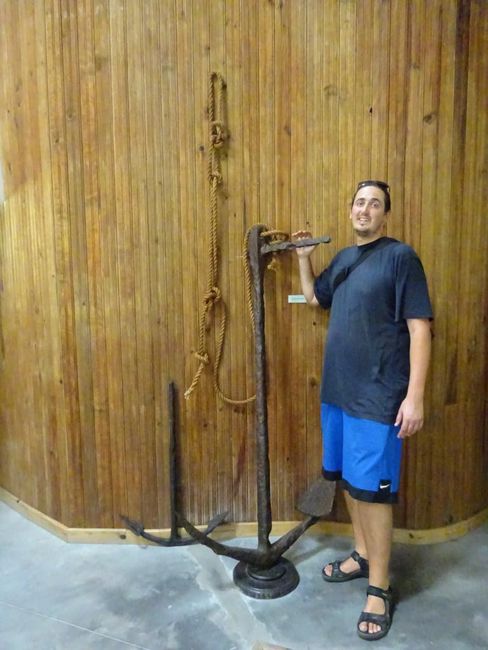
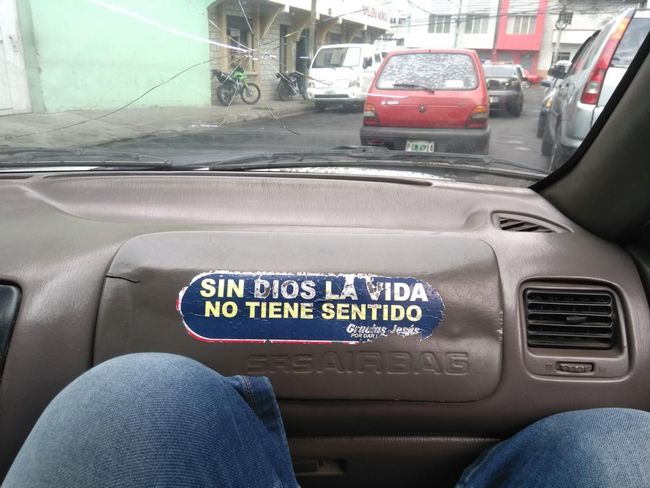
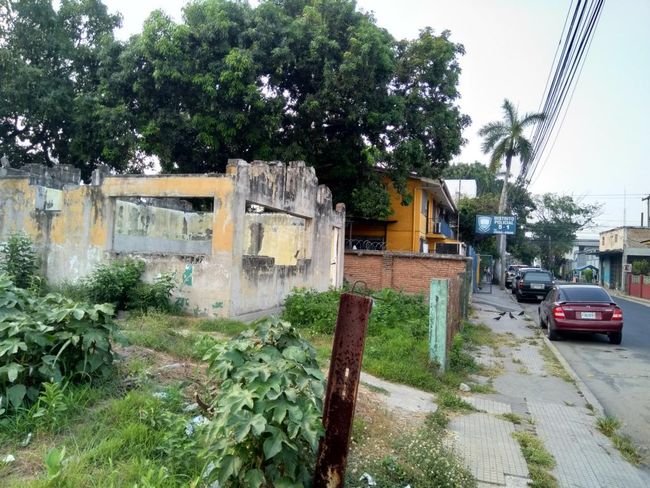
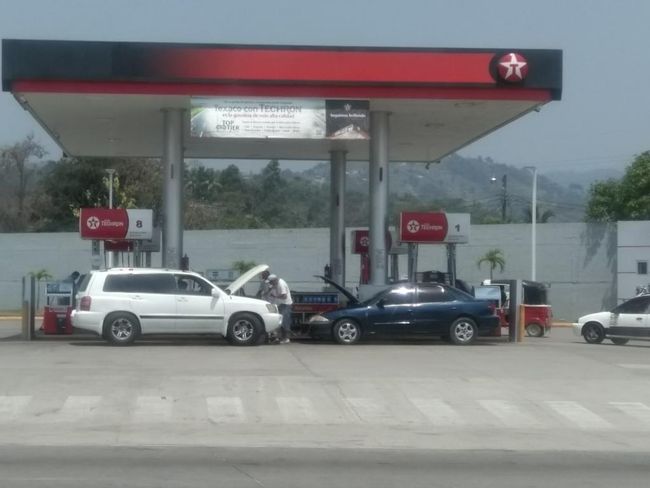
Assine o boletim informativo
From Tegucigalpa, we took the bus back to San Pedro Sula. We have to admit that we did not choose our route through Honduras very cleverly, as we ended up crossing the entire country between Tegus and San Pedro three times in total. But that's how it goes on a long-term trip, you just travel spontaneously without much planning, and see how it goes. And it usually turns out that you spend about 20 hours driving back and forth on the same route for no reason.
San Pedro Sula is described in the travel guide as an unpleasant place, and it is. It is considered the most dangerous city in Honduras and you don't feel particularly comfortable here. It is the business capital of Honduras, if you can speak of industry in this country, it is located in San Pedro. It is dirty, run-down, dilapidated, and oppressively hot, and there is absolutely nothing to see. We didn't spend much time in the city either. Actually, we had decided to come to San Pedro to get to the nearby Cusuco National Park, where we hoped to spot a Quetzal once again. The travel guide described that there is a large colony of birds living there and also that it is difficult to access the park, but not impossible. On the internet, it was mentioned that joining a guided tour is the best option. Easier said than done. Several days ago, I started writing to various tour operators that I could find and inquired about a guided tour. In fact, I didn't receive a reply from 90% of the companies I contacted. And the rest did not offer a tour to the park. Even our hotel in San Pedro Sula couldn't or wouldn't help us organize the trip, they even got quite angry when we pointed out that the hotel description stated that there is a tour desk for excursions. Their whole willingness to help eventually consisted of going out on the street and waving down the nearest taxi to take us there. Thank you very much, but we could have done that ourselves! Besides, the taxi driver didn't even know the national park and when I mentioned that I had read on the internet that a 4x4 vehicle is essential for the drive, the taxi quickly drove off again. Finally, we got tired of the whole thing and gave up. As much as we would have liked to see the damn Quetzal, the whole thing with the clueless Hondurans had become too tedious and annoying. I will come back to this special characteristic of the otherwise friendly inhabitants of this country later.
As an alternative, we decided to go to Omoa to visit one of the most colossal Spanish forts on the continent, Fortaleza San Fernando. We traveled there by bus, which was quite strenuous and cumbersome, as we had to change buses in Puerto Cortes. Changing buses is always exhausting and time-consuming in these countries due to the lack of regulated departure locations or times. In addition, the inefficiency of public buses, which stop every few meters to pick up or drop off people, is another factor. No, it seems impossible in these countries for people to think efficiently and get off the bus when it stops near their destination, to pick up someone. No, they stay seated, wait for people to board, the bus continues and then, 30 seconds later and 20 meters further, they announce that they would like to get off now. Of course, walking 20 meters is really too much to ask! Although it is only 65km from San Pedro to Omoa, it took us about 4 hours for one way, so in the end, we spent 12 hours on the road, even though we only spent about 3 hours on-site. Puerto Cortes is an important port city and the never-ending column of trucks loaded with containers that we overtook on the way to the city was truly impressive.
Upon arriving in Omoa, we headed to the beach to have lunch. Omoa is a small seaside resort, mainly visited by local tourists, and it is quite nice there.
Fort San Fernando is also quite nice and actually quite large, although it didn't differ much from the other Spanish fortresses we had seen before. Unfortunately, its actual size was not fully visible because a large part of the exterior areas are overgrown and inaccessible. The most memorable thing for me was the huge, beautiful mango tree that was in the courtyard of the fortress. Unfortunately, the fruits were not ripe yet, otherwise I would have probably eaten them all.
Speaking of mango: there are different types of mangoes here in Central America. In addition to the large ones that we can buy in our country, there are also very small fruits with not much flesh on them. People here don't bother to peel the fruit and cut it into pieces. They simply tear open the skin and nibble the flesh directly around the pit. Somehow they manage to do it cleanly, although I haven't been able to figure out the secret of this process despite intense observation. Now I try to eat the fruits like that from time to time, but unfortunately, I haven't been able to do it without ending up in a huge mess yet.
There is also a small and not particularly interesting museum that tells about piracy in the area. The fortress was mainly built to defend against pirates.
Soon, we set out to find the bus for the return journey, as it would be a long trip again.
The trip to Omoa was not exactly a blast, especially since it involved a lot of effort for very little outcome. But still better than spending a whole day in the ugly and humid San Pedro Sula.
Assine o boletim informativo
Responder
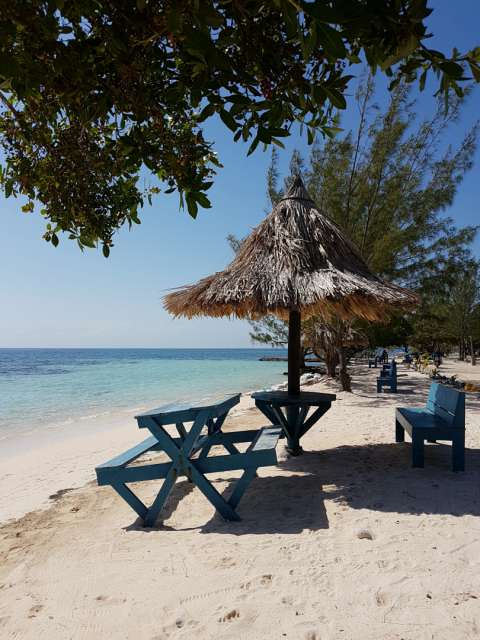
Relatórios de viagem Honduras

